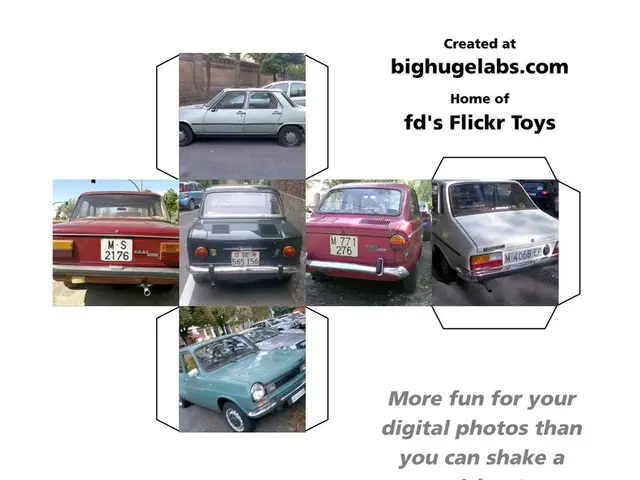Barriers in Electric Vehicle (EV) Adoption: Fragmented Charging Experiences and Payment Issues Remain Major Obstacles
India's electric vehicle (EV) charging infrastructure is expanding, but faces challenges such as fragmented networks, payment barriers, and charger reliability. According to the TATA.ev India Charging Report 2025, these issues can hinder a seamless user experience.
Currently, EV users rely on 17–20 different apps to find and pay for charging, causing inconvenience and confusion. A unified, integrated app/platform that consolidates charging station locations, booking, and payment is needed to eliminate this fragmentation.
A significant portion of public chargers have been non-functional. Early 2024 data showed 12,100 out of 25,000 public chargers non-operational, with 38% of users citing charger unreliability as a major hurdle, especially on highways. Initiatives like TATA.ev's ".ev verified" system, which requires chargers to exhibit over 90% reliability and consistent positive customer feedback, have improved reliability, but many chargers still need upgrades to ensure consistent availability.
Charging at public stations is more expensive than home charging due to operator margins, absence of subsidies, and taxes such as 18% GST on charging services. Reducing these costs is essential to increase affordability and adoption.
Limited collaboration among electricity distribution companies (DISCOMs), urban local bodies (ULBs), transport departments, and state agencies leads to slow infrastructure rollout and poorly planned locations. Better inter-agency coordination for holistic planning is necessary to ensure chargers are placed optimally according to travel routes and demand patterns.
Securing land for charging stations, especially within urban areas and along highways, remains a significant challenge. Addressing land and safety regulations, including updating building codes to permit safe charger installations in basements and urban complexes, is crucial to expand the network.
Most charging infrastructure is concentrated in urban centers, leaving highways and rural areas underserved. Expanding infrastructure beyond cities to highways and underserved regions, including innovative solutions like battery swapping and faster chargers to support longer trips, is necessary to support long-distance EV travel.
The TATA.ev ".ev verified chargers" aim to address these pain points by providing a mark of quality and a route to higher utilization for charge point operators (CPOs). The utilization of .ev verified chargers has increased by 37% since the verification rollout.
The adoption of electric two-wheelers (e2Ws) and four-wheelers (e-4Ws) in India is growing at a moderate rate, while the penetration of electric three-wheelers (e-3Ws) has surpassed 57%. The Parliamentary standing committee on industry has recommended expansion of charging infrastructure particularly for e-2Ws and e-4Ws.
These steps are critical to realize a seamless, reliable, and user-friendly EV charging ecosystem in India that supports the rapidly growing EV market and enhances user confidence. The report suggests that a single inoperative charger on highways can cause significant delays or strand users, underscoring the need for immediate action. India's EV charging sector is growing rapidly through innovation and collaboration.
- The expansion of India's electric vehicle (EV) charging infrastructure encounters challenges such as fragmented networks, payment barriers, and charger reliability.
- A unified, integrated app/platform that consolidates charging station locations, booking, and payment is crucial to eliminate the current fragmentation in the EV charging sector.
- Initiatives like TATA.ev's ".ev verified" system have improved charger reliability, but many chargers still need upgrades to ensure consistent availability.
- Reducing costs associated with charging at public stations is essential to increase affordability and adoption of EVs.
- Better inter-agency coordination among electricity distribution companies (DISCOMs), urban local bodies (ULBs), transport departments, and state agencies is necessary for optimal placement of charging stations.
- Securing land for charging stations and addressing land and safety regulations are critical to expanding the network, especially within urban areas and along highways.
- Expanding infrastructure to highways and underserved regions, including innovative solutions like battery swapping and faster chargers, is necessary to support long-distance EV travel in India.








